100th Anniversary Great Nave Tour at the Cathedral of St. John the Divine
Celebrate the 1925 construction of the stunning nave inside the world's largest Gothic cathedral!


Every summer during the early 20th century, Coney Island visitors could be found feasting on Nathan’s Famous hot dogs and homemade Coney Island custard, wading through the Atlantic Ocean, or taking a ride on the rickety cars of the Cyclone. For some, a trip to the world-famous Brooklyn beach also included a visit to a fully functional neonatal intensive care unit. Paying a quarter, they gained admission into a room displaying the frailest of infants as they slept in individual incubators.
With few treatment options available for premature babies, pioneer of neonatal technology Martin Couney created an incubator showcase that remained one of the babies’ best chances for survival. Once admitted into Couney’s care, the babies received a bath and if they could swallow, a small dose of brandy. Afterward, they were swaddled and placed in incubators where they remained on view all day except when being fed breast milk by extensively trained nurses every two hours.
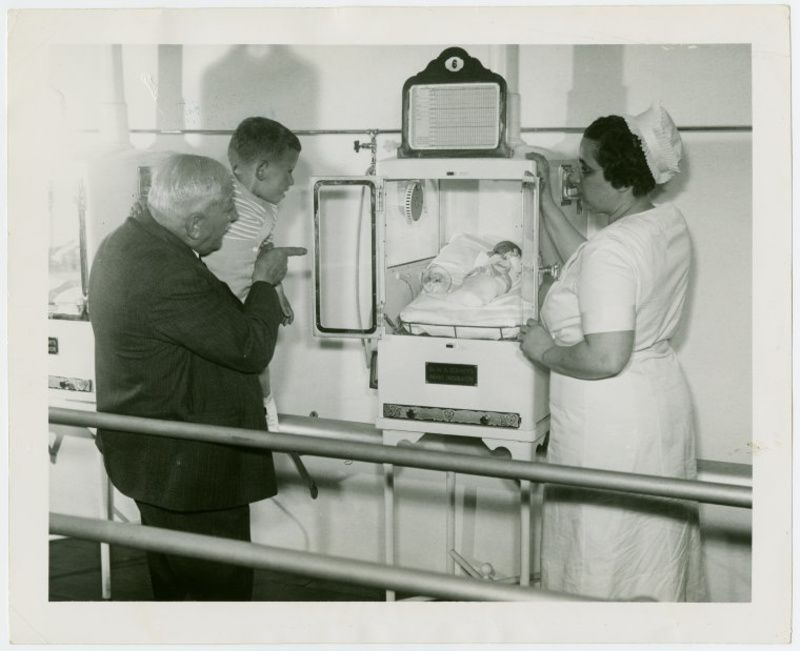
Little is known about the early life of Couney, largely due to the editorializing of his past to fit his desired narrative. Born in Krotoszyn, Poland in 1869, Couney immigrated to the United States in 1888. Though Couney claimed to have obtained a European medical license after studying in Leipzig and Berlin, he would have been too young to obtain said degree before leaving Europe at the age of 19. In addition, novelist Dawn Raffel’s nonfiction book The Strange Case of Dr. Couney: How a Mysterious European Showman Saved Thousands of American Babies, revealed that Couney changed his name on multiple occasions.
Couney also allegedly studied under Dr. Pierre-Constant Budin, whose research on breastfeeding, perinatal care well, and umbilical cord blood revolutionized the neonatal medicine field. Adding to his tale, Couney claimed that he served as Budin’s intermediary to exhibit his Kinderbrutanstalt or “child hatchery” at the 1896 Great Industrial Exposition in Berlin. Instead, it is more likely that if Couney had even attended the event or known Budin, he served as a medical equipment technician for the exhibition.
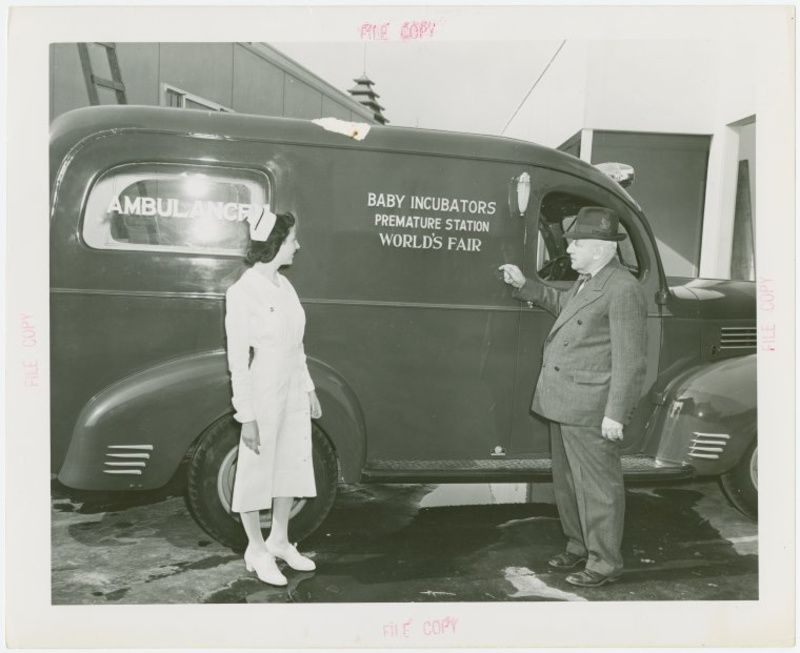
Though Couney might not have worked alongside Budin, the doctor’s early incubators quickly grew in popularity after debuting in 1897 at Queen Victoria’s Diamond Jubilee Celebration and in 1901 at the Buffalo, New York Pan-American Exposition. Cashing in on the incubator’s growing reputation, Couney took the machines on the road, traveling across the country to major fairs and amusement parks to offer his services.
Beginning in 1903, Couney established two permanent incubator exhibits at Coney Island, one in Luna Park and another in Dreamland. Along the way, he hired nurse Annabelle Maye Segner, who later became his wife and focused on ensuring the exhibit’s cleanliness. Later on, Couney’s own daughter, Hildegard — who was born prematurely — assisted in the show’s operations as well.
While displaying helpless babies for crowds to gawk at comes off as unthinkable today, Couney’s showcase was just another iteration within the long tradition of medical and freak spectacles of the 19th and 20th centuries. As historian Bert Hansen discusses in his article “America’s First Medical Breakthrough: How Popular Excitement about a French Rabies Cure in 1885 Raised New Expectations for Medical Progress,” medical spectacles such as the incubator babies strategically worked to “satisfy the public’s curiosity about the new miracles of medicine.” In a world beset by rapid changes to standard medical practices, public showcases at the turn of the century kept the masses informed and intrigued. In turn, the showcases secured monetary support.
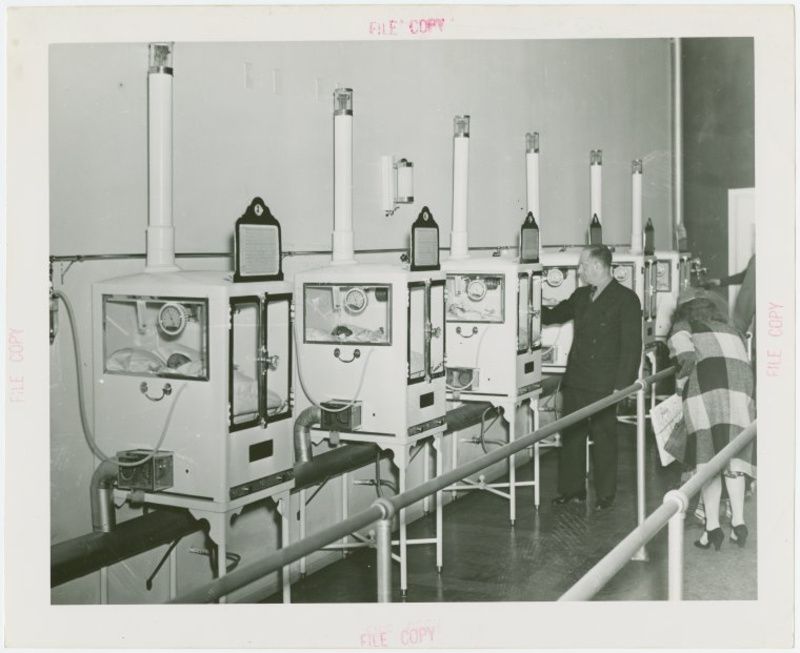
Another crucial role that incubator shows played was in helping to fight against the growing eugenics movement. Proponents of this movement viewed premature babies as weaklings that would pollute the gene pool should they live to adulthood. Across the country, Better Babies contests awarded medals to babies who represented the fittest example of American offspring — many taking place at the same fairs where Couney’s preemies were displayed. Through his shows, Couney worked to disprove these beliefs and turn public opinion in favor of protecting and providing for premature babies.
Though Couney’s program had an 85 percent success rate, medical professionals remained skeptical about the efficacy of incubators. Significant scientific research on the machines had yet to be conducted, and the machines were incredibly expensive to build, costing $75,000 or $1.5 million today. Wariness on the part of doctors also stemmed from incidents of machine malfunction. Particularly, a 1904 St. Louis incubator show run by one of Couney’s rivals turned deadly.
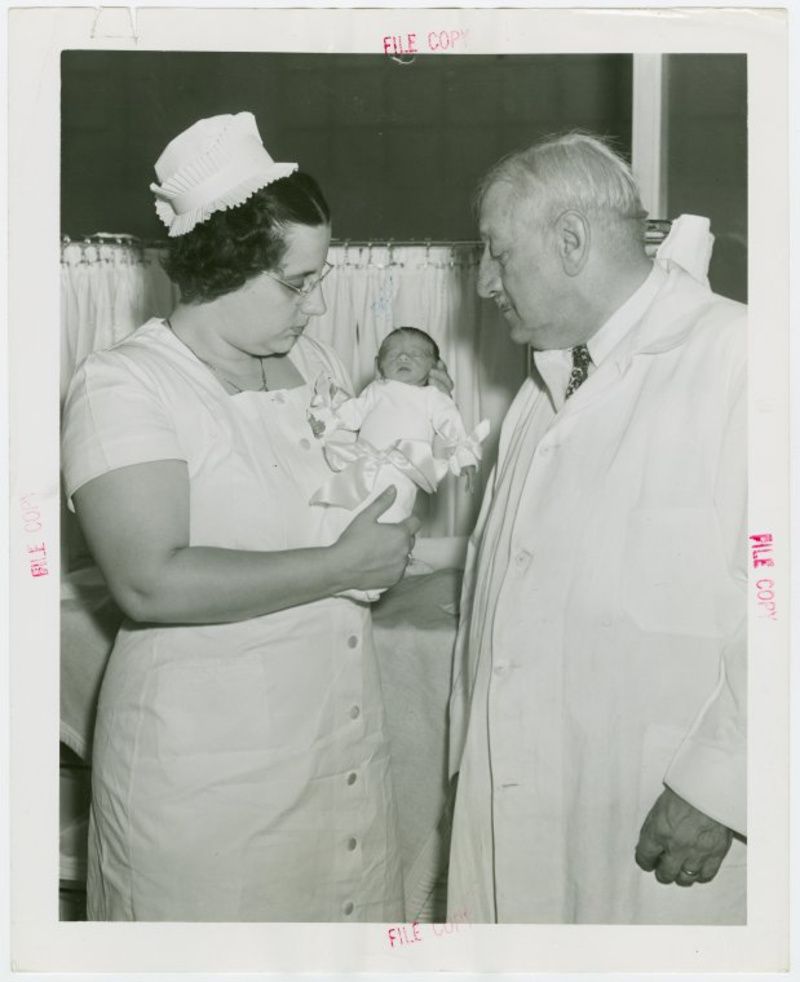
A few years later in 1911, shortly before the opening day for Couney’s show in Dreamland that summer, the amusement park burned down. Though all the babies were miraculously saved by the NYPD, the president of the New York Society for the Prevention of Cruelty to Children argued that premature infant care should only take place within the confines of a hospital.
Even so, hospitals at the time lacked the necessary resources and staff to provide the around-the-clock care Couney and his associates guaranteed their patients. In New York City, for example, a given hospital often only had one available incubator into the 1930s. If said incubator was not already in use, it was often prohibitively expensive for everyday families. In turn, Couney became known for accepting desperate cases, giving children the treatment they needed until they became well enough to return home or his operation was forced to close for the season.
Lucille Horn, born in 1920 at only 2 pounds, owed her life to Couney. After doctors told Horn’s father that his daughter had no chance of surviving — her twin sister had just died at birth — he rushed her to Couney’s Coney Island show. There, she remained for six months under the watchful eye of nurses and spectators alike before being declared strong enough to go home. Horn eventually went on to live another 96 years, dying on February 11, 2017.
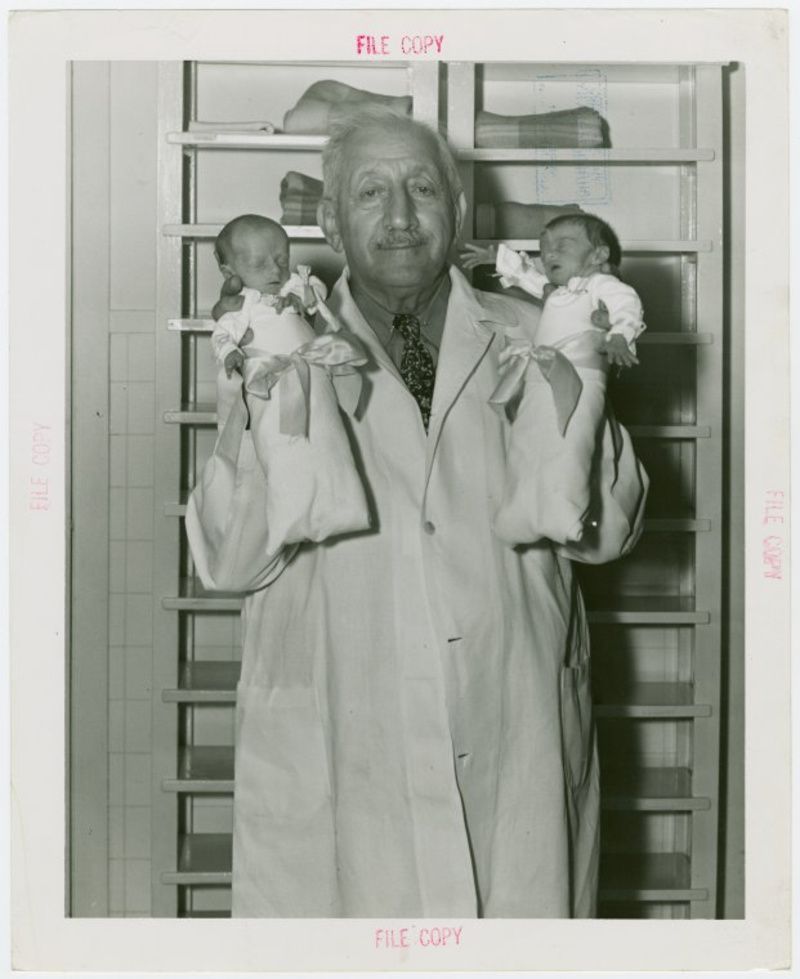
Though many in the medical community see Couney as absurd, his methods eventually found an ally in Dr. Julius Hess, considered today to be the father of American neonatology. Within the preface of his 1922 textbook Premature and Congenitally Diseased Infants, Couney’s work is cited and 11 years later in 1933 the doctor also pledged his support for Couney’s show at Chicago’s Century of Progress.
In 1943, just as Cornell Hospital opened the first dedicated premature infant station, Couney’s Coney Island show was permanently shut down. Having lost his wife in his old age, Couney lacked the support and stamina to keep the operation open. Additionally, he was broke, having blown through most of his funds to pay for his show’s operating expenses during the 1939 New York World’s Fair. Rather than making the parents of his patients pay for their children’s care, Couney relied on the donations of spectators to make money — a financial strategy that fell apart when his showcase began declining in popularity.
Between 1896 and 1943, it is believed that Couney and his family took in around 8,000 newborns of which they were able to rescue 6,500. While Couney’s accomplishments may have been under-appreciated during his lifetime, for the thousands of preemies he saved and their families, he was nothing short of a miracle worker. Today, one in ten babies in the United States are born prematurely, but thanks to Couney’s medical innovations, these children now have a chance at living a full and healthy life.
Next, check out Blast Off To Astroland’s Past At This Coney Island Exhibit!
Subscribe to our newsletter